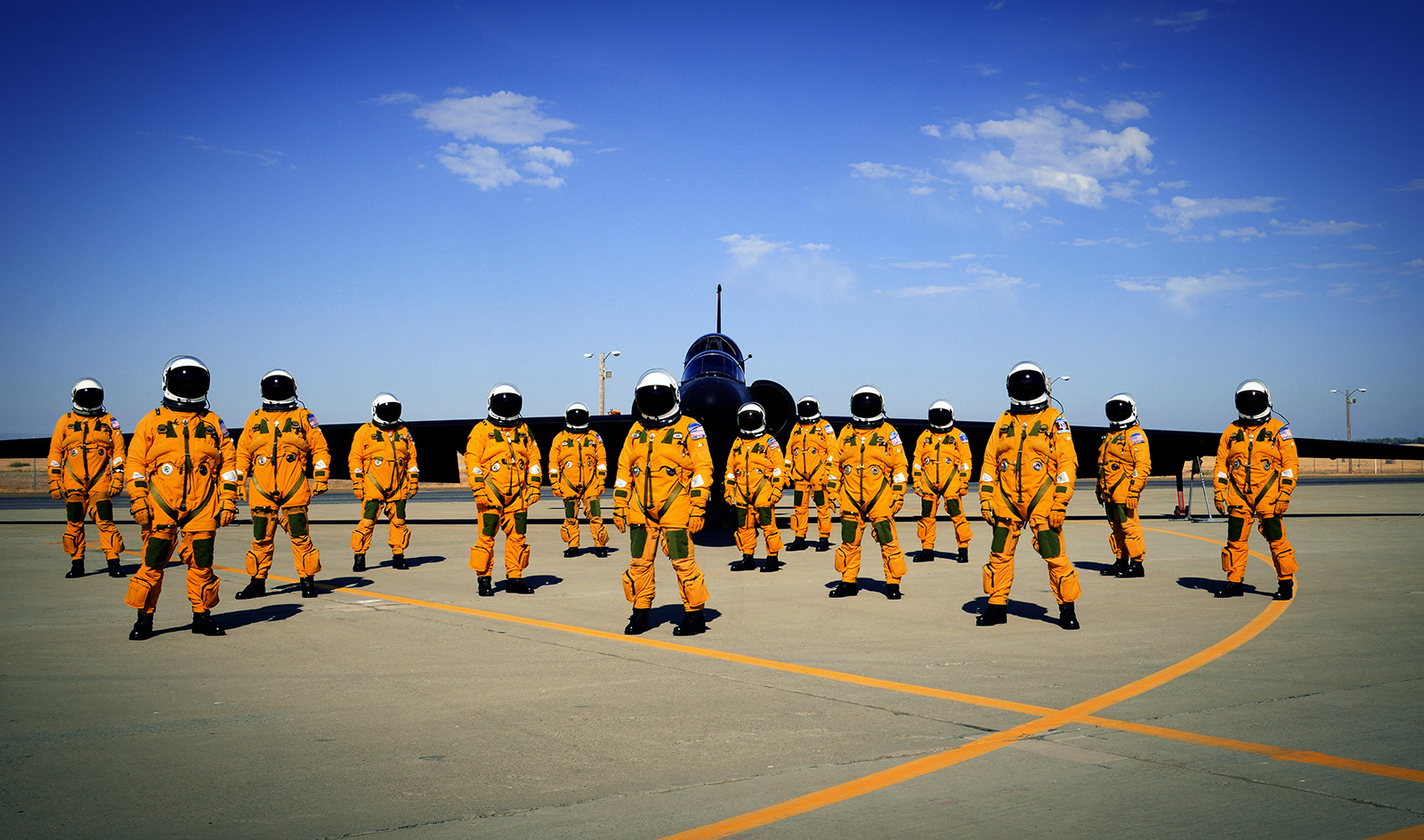When you hear the word cancer you think of the worst
possible things. Cancer can be extremely complex, hard to treat and just about
impossible to shake. Depending on the type of cancer there is a concern that
the cancer may be a serious problem. Thyroid cancer is one of dangerous types
of cancers that represent a major problem for patients. Thyroid cancer, like
almost every other cancer, is a killer.
As with most forms of cancer diagnostic imaging plays a part in
ensuring that there’s three key things:
- An early diagnosis.
- A treatment program.
- A response to the treatment program.
It was published in diagnosticimaging.com that “Researchers from the University of California, San Francisco, undertook a study to quantify the risk of thyroid cancer associated with thyroid nodules, based on ultrasound imaging characteristics. The retrospective, case-controlled study assessed 8,806 patients who underwent 11,618 thyroid ultrasound examinations from January 2000 through March 2005. A total of 105 patients were subsequently diagnosed with thyroid cancer.”
These kinds of studies are the kinds that create a sense of optimism among patients. This is the type of thing that serves as a step in the right direction in the battle against cancer. There is no telling if this will extend into other arenas but it’s a start.
No patient should ever feel confident about the fact that he or she is at low risk of anything. Often times some things go unseen and they actually show up much later, when it’s entirely too late to ensure that the condition, cancer or not, can be treated properly.
In the end this is the kind of study that aids in creating a greater chance for early detection. While this study covered a significant period of time, and cases, it will still draw some heat. A number of factors will still need to be considered before it can be determined if it’s completely accurate and can in turn create another route in the fight against cancer.
If you have any questions about diagnostic imaging procedures please let us know. Our dedicated team of professionals here at Clermont Radiology looks forward to answering any questions that you may have.
Charla
Hurst










